Calibrating and testing RTD sensors :
Typically RTDs are checked while calibrating the connected device, such as a panel meter or temperature transmitter. However, if a problem is suspected with a temperature sensor, sensor calibrations can be performed separately from the calibration of process electronics.
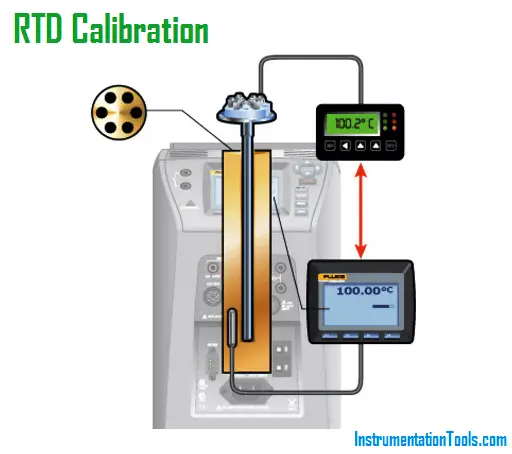
Field checks of temperature sensors can be easily performed with a dry-block or temperature Bath. For best results, a full calibration of a temperature sensor is performed at the bench.
Calibration Procedure:
- Isolate the sensor from the process.
- Fully immerse the sensor into a precision temperature source, such as a dry-well or bath capable of covering the required temperature range.
- For best accuracy, also fully immerse a temperature standard into the drywell or bath for comparison.
- To check the calibration of the RTD separately from the control system temperature indicator, disconnect the RTD from the electronics / transmitter.
- Connect the RTD to a precision instrument capable of measuring resistance like Decade Resistance box or multi function calibrator.
- Adjust the temperature of the bath or dry-well to each of the test points. Say 25 DegC, 50 DegC, 75 DegC, 100 Deg C etc insteps.
- At each test point record the readings of the temperature bath readings and RTD output for each test point.
- If measuring the RTD separate from its measurement electronics, compare the measured resistances to the expected resistance from the applicable RTD temperature table. Otherwise, compare the reading on the instrument display to the reading of the temperature standard (which may be the dry-well).
Note: Above procedure is same for 2 wire 3 wire or 4 wire RTD’s. Just connect the RTD respective wiring in the Decade resistance box or multi function calibrator which is used to measure the RTD resistance.
Article Source: Fluke
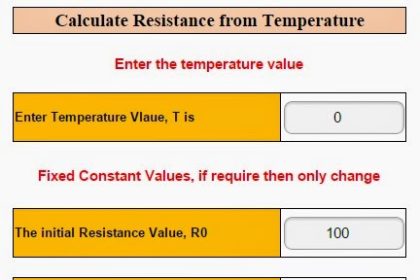

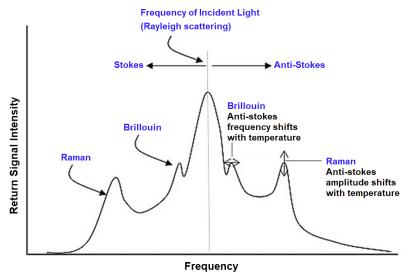
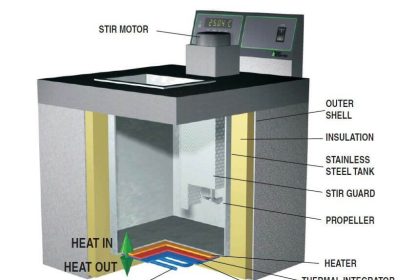
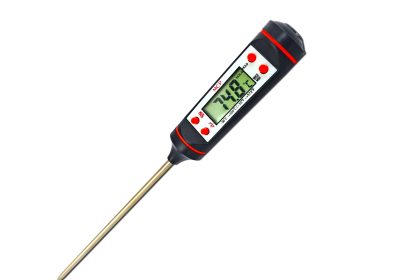
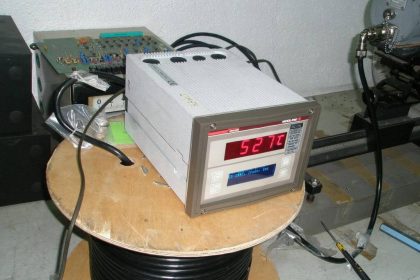
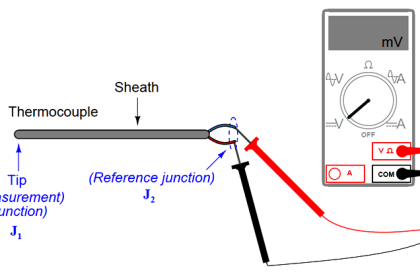
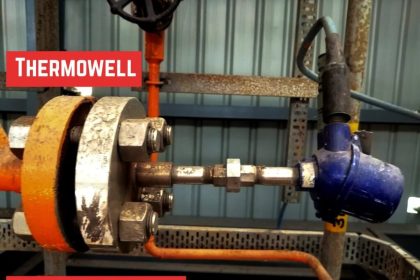
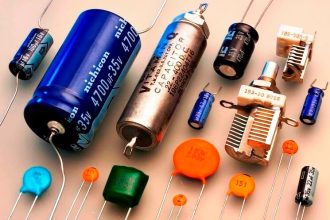
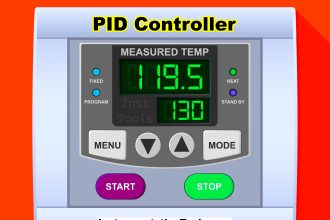
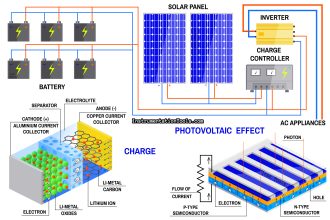
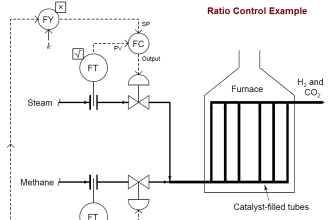

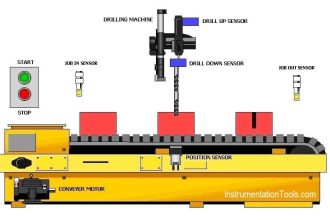

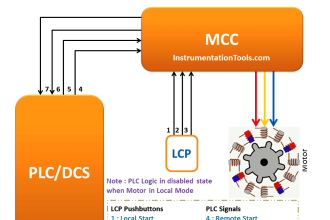

Nice
What if resistance don’t come as per the standard resistance table??
Need to replace RTD or is there any remedy for it?
You have to inspect the RTD carefully and if it does not meet required standards, Reject it.
There are no adjustments that can be performed on the RTD?
NO, replace RTD
Please help me name all transmitters that use by instrumentation what are they use of it…
Mostly we are using 3 wire rtd in oil and gas industry..sir where we are using 4 wire rtd’s?
Excellent information
Greetings Inst. Tools.
We know that its almost impossible to have equal temperature between the temperature source gauge and the tested RTD, what is the tolerance error?